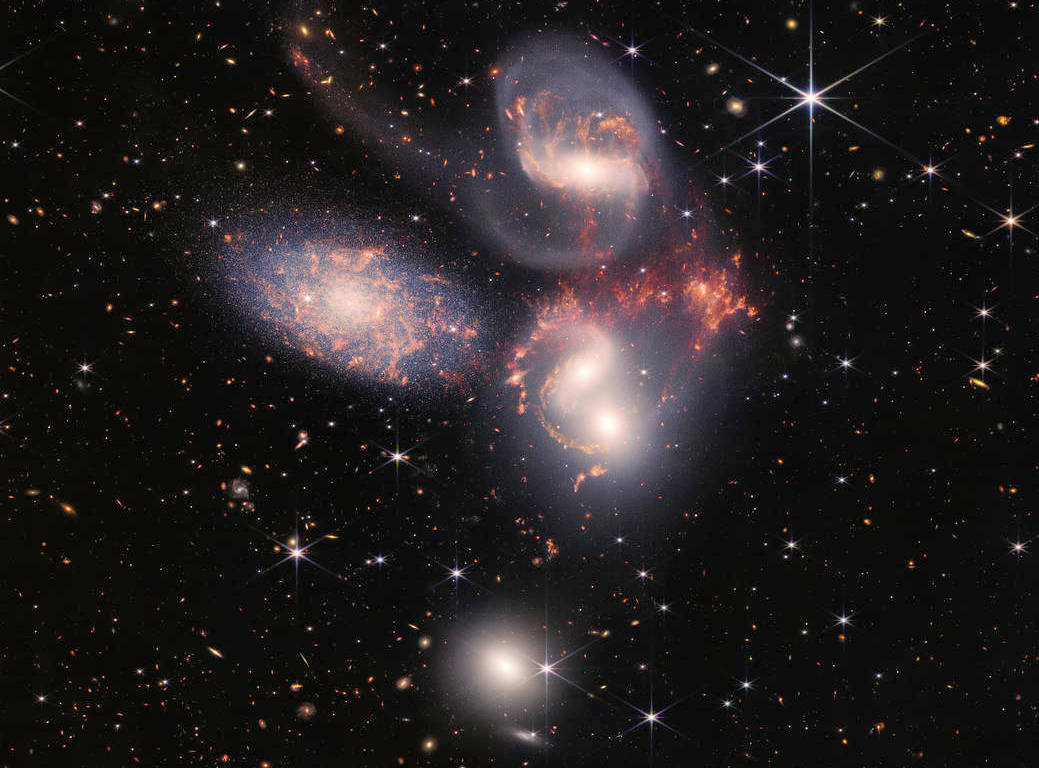As we receive the first icredible images from the James Webb Spece Telescope (JWST), one cannot but wonder how this project delivered. How long did it take? How much did it cost? Was the project a success? This article gives a brief overview of the JWSP in terms of notable cost and time milestones.

The project performed very poorly in terms of its original plan. The cost overrun of the project was more than 1900% and the schedule overrun about 250%. The project did not lack expertise and had access to thousands of highly qualified individuals, hundreds of companies, and many decades of collective experience in NASA. The project also used techniques such a earned value management to keep track of and give early warnings of progress variations. The risk management methods used on the project were advanced and well-understood. In terms of budget and schedule, the project is probably a dismal failure and highlights the perils of projects that employ emerging technologies.
However, the project’s value does not lie in its monetary return on investment. The project sets the scene for many years of scientific research and knowledge to be gained about the universe. In this context, the project is a monument to what humans can achieve when they work together as a team.
The initial idea of a replacement for the Hubble Space Telescope started in the late 1980’s. This led to the start of the Next Generation Space Telescope (NGST) project in 1996, which later became the James Webb Space Telescope (JWST). The initial cost estimate for the project was $500M, and NASA planned the initial launch for 2007. This date was, however, delayed several times.
By 2003 the project’s budget had grown to $2.5B and the prime contract was awarded to TRW (who was later acquired by Northrop Grumman). The launch date was updated to 2011.
During 2005 a major replanning of the project took place. This was the result of several delays and technical design issues which increased the cost to $3.5B. The replanning identified additional changes and the updated lifecycle cost was now estimated at $4.5B. The project launch date was also changed to 2013.
Following a Mission Critical Design Review (MCDR) in 2010, the project was replanned. The new launch date was set for 2015, but possibly as late as 2018. In 2018, NASA delayed the launch by two years to 2020 after the telescope’s sunshield ripped in a test deployment. An independent review of the project during the same year identified 344 single-point failures and the launch date was moved to March 2021.
The JWST was launched aboard an Arianespace Ariane 5 rocket on 25 December 2021. The expected lifecycle cost is $9.7B.
| Year | Planned Launch | Budget (US$B) |
|---|---|---|
| 1997 | 2007 | 0.5 |
| 1998 | 2007 | 1.0 |
| 1999 | 2007-2008 | 1.0 |
| 2000 | 2009 | 1.8 |
| 2002 | 2010 | 2.5 |
| 2003 | 2011 | 2.5 |
| 2005 | 2013 | 3.0 |
| 2006 | 2014 | 4.5 |
| 2008 | Preliminary Design Review | |
| 2008 | 2014 | 5.1 |
| 2010 | Critical Design Review | |
| 2010 | 2015-2016 | 6.5 |
| 2011 | 2018 | 8.7 |
| 2013 | 2018 | 8.8 |
| 2017 | 2019 | 8.8 |
| 2018 | 2020 | >8.8 |
| 2019 | March 2021 | 9.66 |
| 2021 | December 2021 (launch) | 9.7 |